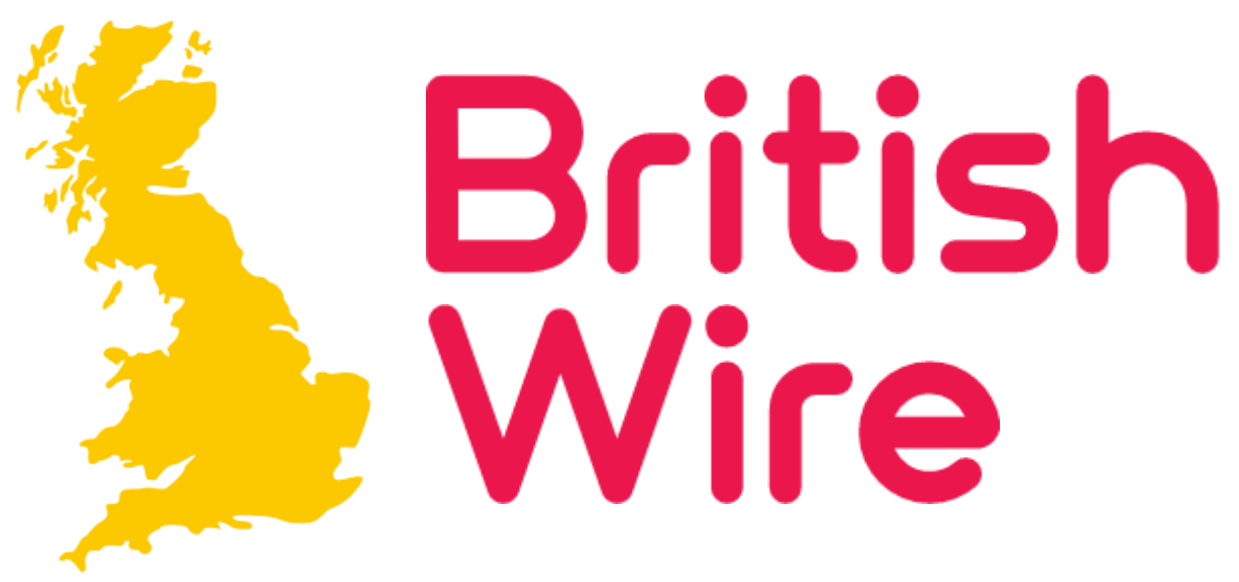Intellectual property (IP) refers to creations of the mind, such as new product designs, songs, or artwork. Protecting your IP is crucial because it prevents others from using or claiming your ideas. If you don’t secure your rights, someone else could profit from your hard work.
The article The Apple Watch Saga: Lessons in Intellectual Property Strategy is a compelling example of an intellectual property case that offers valuable insights for businesses.
Today we will explains what intellectual property is and highlights four common types businesses should protect.
What Is Intellectual Property?
Intellectual property includes any original idea or creation. Common forms of IP include:
- Brands
- Designs
- Trademarks
- Logos
- Phrases
- Drawings
- Sounds
- Scents
To qualify as intellectual property, the idea or creation must be original and unique.
4 Common Types of Intellectual Property
Businesses create different kinds of intellectual property. The four most common types are:
- Patents
- Designs
- Trademarks
- Copyrights
1. Patents
A patent grants the creator exclusive rights to use and profit from an invention for a set period. To qualify, the invention must be new, useful, and innovative. Businesses can apply for patents online through IP Australia.
Examples of Patents:
- Toasters
- Hairdryers
- Google’s Emergency Response Drone
- Self-driving cars
- Bluetooth and WiFi technology
- Medical discoveries and drugs
Patents are especially common in the pharmaceutical industry, where they give companies exclusive rights to new medicines.
2. Designs
A design right protects the unique visual appearance of a product. It covers elements like shape, pattern, color, and ornamentation. To obtain a design right, the product’s appearance must be original and distinct.
Examples of Design Rights:
- A chair with a unique shape
- A phone case with a distinctive design
- Uniquely shaped product packaging
- A dress with a custom pattern
- A vehicle with a new body design
Businesses can apply for a design right online through IP Australia.
3. Trademarks
A trademark is a symbol, word, sound, or design that identifies a business and distinguishes it from competitors. Registering a trademark gives businesses legal protection against unauthorized use.
Examples of Trademarks:
- McDonald’s Golden Arches logo
- Cadbury’s signature purple color
- A recognizable sound, like O’Brien’s sound trademark
- A unique business name or slogan
Having a registered trademark increases brand value and allows businesses to take legal action against infringement.
4. Copyright
Copyright automatically protects original creative works like music, writing, and images. In Australia, copyright protection applies as soon as the work is recorded in any material form. There’s no need to register.
Examples of Copyrighted Works:
- Books and articles
- Songs and musical compositions
- Films and TV broadcasts
- Computer programs
- Paintings, sculptures, and photographs
Protecting intellectual property should be a top priority for any business. Make sure to secure your patents, designs, trademarks, and copyrights. Additionally, include clear IP ownership clauses in employee contracts to prevent disputes. Safeguarding your intellectual property ensures you maintain control over your creations and prevent others from profiting from them.
Resource:
https://lawpath.com.au/blog/examples-intellectual-property

















